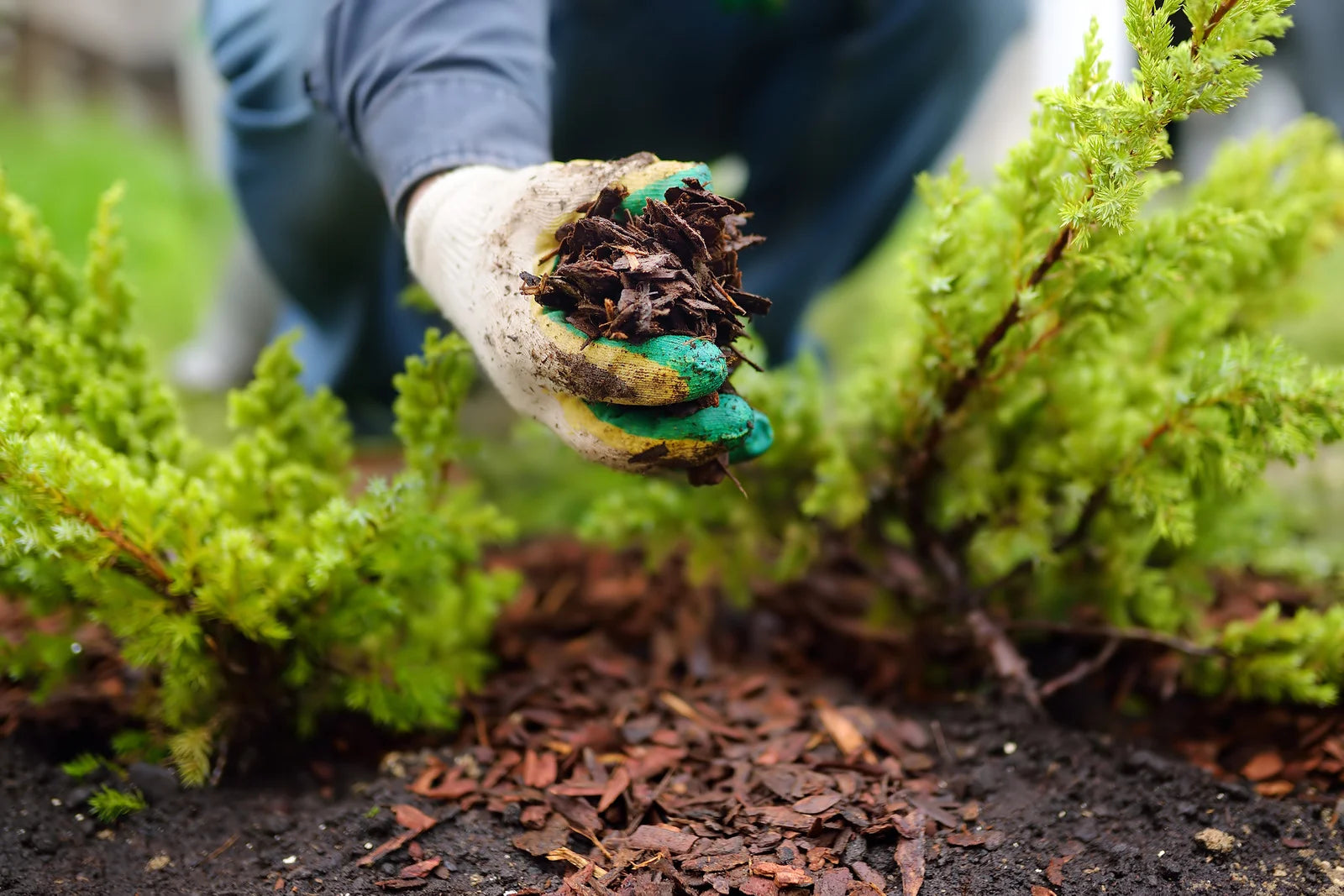In recent years, the concept of survival gardening has gained significant popularity among individuals who prioritize self-sufficiency and food security. A survival garden not only provides fresh produce but also serves as a reliable source of sustenance during emergencies or uncertain times. However, like any other endeavor, maintaining a survival garden is not without its challenges. Here, we will explore potential issues that can arise when tending to a survival garden and discuss effective solutions to overcome them. By being prepared and knowledgeable, you can ensure the long-term success of your survival garden.
Climate-related challenges
Extreme temperatures: Heatwaves or cold spells can harm plants and disrupt their growth. Solution: Employ suitable protective measures like shade cloths, mulching, or cold frames to regulate temperature and shield plants from excessive heat or cold. Ensure your climate is the right place for your crops to flourish in their respective season with this hardiness zone heat map. Included in this article are many crops and the temperatures they thrive in.
Unpredictable weather patterns: Climate change can lead to irregular rainfall, droughts, or excessive precipitation. Solution: Install a rainwater collection system to counter water scarcity during dry spells. Use raised beds and proper drainage systems to prevent waterlogging during heavy rains.

Pests and diseases
Insect infestations: Common pests such as aphids, caterpillars, or beetles can damage crops. Solution: Implement natural pest control methods like companion planting, beneficial insect attraction, and organic insecticides to protect your plants without harming the environment. Bat Houses are also a great way to deter pests from your survival garden. Find out why bats are one of the most misunderstood animals, according to the Fish and Wildlife Service.
Plant diseases: Fungal, bacterial, or viral infections can spread rapidly and devastate your garden. Solution: Practice crop rotation, maintain proper spacing between plants, and promptly remove and dispose of infected plants to minimize disease transmission. Additionally, using disease-resistant varieties can help prevent outbreaks.Soil-related issues
Poor soil quality: Nutrient deficiencies, imbalanced pH levels, or compacted soil can hinder plant growth. Solution: Regularly amend the soil with organic matter like compost or aged manure to improve its fertility and structure. Test the soil periodically to ensure optimal nutrient levels and adjust pH accordingly.
Weeds: Weeds compete with cultivated plants for resources and can overrun the garden if left uncontrolled. Solution: Employ mulching, hand-weeding, or organic weed suppressants to minimize weed growth. Regularly inspect and remove weeds before they mature and spread their seeds.
Water management
Overwatering or underwatering: Incorrect watering practices can lead to root rot or dehydration in plants. Solution: Learn the watering needs of different plant species and monitor soil moisture levels regularly. Use drip irrigation or soaker hoses for efficient water distribution and consider automated watering systems.
Water conservation: In water-scarce regions, managing water resources efficiently becomes crucial. Solution: Collect and store rainwater, reuse household graywater, and prioritize water-efficient irrigation methods. Group plants with similar watering requirements together to avoid water wastage.
Human errors and neglect
Lack of knowledge and experience: Insufficient understanding of gardening techniques can lead to poor plant care. Solution: Educate yourself through books, online resources, or local gardening classes. Seek advice from experienced gardeners or join gardening communities to enhance your skills.
Inconsistent maintenance: Neglecting regular garden upkeep can result in weed overgrowth, plant diseases, or pest infestations. Solution: Establish a schedule for essential tasks like watering, fertilizing, weeding, and pest control. Prioritize garden maintenance to ensure the long-term health of your plants.

Bottom line
Maintaining a survival garden comes with its fair share of challenges, but with proper planning and proactive measures, you can overcome these obstacles. By addressing potential issues such as climate-related challenges, pests and diseases, soil-related problems, water management, and human errors, you can create a thriving and resilient survival garden. Remember, perseverance, adaptability, and continuous learning are key to cultivating a sustainable source of food for your self-sufficiency and survival needs. Happy gardening!
Start your survival garden off right with Seed Armory today! Feel free to contact us with any questions in the comment section below and our professional team of experts can help you with your specific survival gardening questions. Arm your garden today and protect yourself tomorrow.











